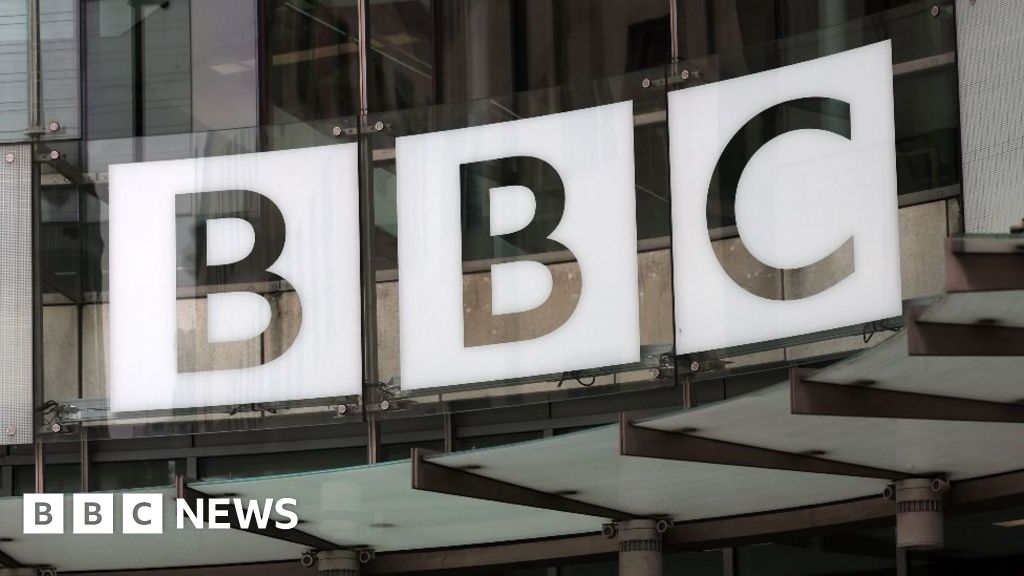The Trump Administration can push through with its plans to dismantle the Department of Education after the Supreme Court allowed it to continue laying off nearly 1,400 employees.
In an unsigned order on Monday, the top court temporarily lifted a lower court ruling from May that indefinitely paused the layoffs and reinstated those who were let go, while also halting President Donald Trump’s Executive Order from March which called for the department to be closed down.
“The United States Supreme Court has handed a Major Victory to Parents and Students across the Country by declaring the Trump Administration may proceed on returning the functions of the Department of Education back to the States. Now, with this great Supreme Court decision, our Secretary of Education, Linda McMahon, may begin this very important process,” said President Donald Trump via Truth Social on Monday. McMahon, who has emphasized that her “final mission” is to “send education back to the states,” echoed Trump, referring to the ruling as a “significant win.” In a statement, she argued the decision had “confirmed the obvious: the President of the United States, as the head of the Executive Branch, has the ultimate authority to make decisions about staffing levels, administrative organization, and day-to-day operations of federal agencies.”
Immediately after the ruling, firings once put on hold were continued—with some department employees reporting that their last day is set to be on Aug. 1.
A complete shuttering of the Department of Education, established in its current form by Congress in the 1979 “Department of Education Organization Act,” would require an act of Congress. It wouldn’t be an easy feat, as it would likely require a supermajority backing in the Senate (at least 60 out of 100 senators). Republican House lawmakers have previously expressed a lack of support regarding the dismantling of the department. Some 60 of them previously joined Democrats in voting against a measure that aimed to do so.
McMahon told the Wall Street Journal in June that she recognizes this limitation, but the latest Supreme Court order empowers her and the Trump Administration to move forward with breaking down the department and reassigning its duties to other agencies. McMahon previously hinted that some responsibilities could be taken from the Department of Education and outsourced to the Department of Health and Human Services (HHS), the Justice Department, and the Treasury Department.
Supporters of the agency have decried the Supreme Court decision, warning about its potential impact. “Without explaining to the American people its reasoning, a majority of justices on the U.S. Supreme Court have dealt a devastating blow to this nation's promise of public education for all children,” said Skye Perryman, the president and CEO of Democracy Forward, which represented the coalition that filed one of the two consolidated complaints against the mass firings and gutting of the Education Department’s offices.
Read More: What Does the Department of Education Actually Do?
Here are some of the ways in which the dismantling of the Department of Education could prove to be detrimental.
Funding for students from low-income households
The department runs Title I of the Elementary and Secondary Education Act, an $18-billion program which directs funds to school districts with a high percentage of children from low-income families.
Gutting the department would likely move Title I funding in the form of block grants, which some advocates fear could facilitate states siphoning away from public school funds.
Project 2025, the conservative playbook that Trump has denied involvement with, although some of his second-term policies mirror those laid out in the initiative, proposed that the Title I program should be phased out over a decade-long period. Such a loss would be “devastating,” said Judith Browne Dianis of civil rights organization Advancement Project, in a TIME article she authored in February. “Eliminating Title I would harm nearly three million children throughout the U.S. by exacerbating the gap between the haves and have-nots causing further loss of resources and support,” argued Dianis. “It could result in the loss of 180,000 jobs for educators, resulting in an adverse economic impact on teachers and their families while also making classrooms more crowded. These layoffs would include reading specialists, teaching assistants, and support staff who play an important role in guaranteeing that children have the tools to learn at an appropriate pace.”
According to an analysis by the Center for American Progress in July 2024, ending Title I could have negative impacts on some 2.8 million students.
Support for children with disabilities
Another core responsibility of the department is to oversee grant programs under the Individuals with Disabilities Education Act (IDEA). The programs, which amounted to some $15 billion in 2024, helps school districts support students with disabilities by providing federal funding for special education services.
As of 2023, the number of students who received special education under IDEA programs was 7.5 million, or around 15% of all public school students.
In March, Trump said he plans to move programs for students with special needs to the HHS. Advocates have pushed back against this policy, saying that the department does not have the necessary educational expertise.
“Students with disabilities don’t belong in a medical model,” non-profit organization The Arc said in a March blog. “They belong in classrooms, learning alongside their peers, and preparing for bright futures. Moving IDEA to HHS risks turning back the clock on inclusion and sends a harmful message that children with disabilities are ‘patients’ to be managed rather than students with potential to be fulfilled.”
Student loans
The Department of Education currently manages about $1.6 billion in student loans belonging to almost 43 million Americans, primarily through the Federal Student Aid office. The department also administers the Free Application for Federal Student Aid program, which allows students to apply for grants, work-study funds, loans, and other college aid.
But Trump wants to move the management of the student loan portfolio to the Small Business Administration (SBA), which is also undergoing mass personnel cuts.
Experts have previously warned that the dismantling of the department could massively disrupt the student loan systems. Peter Granville, a fellow at progressive think tank The Century Foundation, told CBS News that nixing the department before outlining exact plans for student loans would be "a recipe for chaos and frustration for millions of people who rely" on the program.
The SBA is also a “strange choice” of an agency to take over the management of the student loan portfolio, Cato Institute’s Center for Educational Freedom research fellow Andrew Gillen previously told TIME, as the agency is for handling small business loans.
Read More: What Will Happen to Student Loans If the Department of Education Is Closed Down?
Civil rights protections
The department plays a key role in enforcing federal civil rights laws. It has an Office of Civil Rights, which implements laws against discrimination—based on age, sex, gender, race, or nationality—and investigates related complaints.
The office has already been suffering from a lack of staffing and thousands of pending cases, due to staffing shortages and an increase in complaints during the Biden Administration. In 2024, the office received almost 23,000 complaints. Many of these complaints cover a variety of issues, such as race and religious tensions, as well as sexual violence.
McMahon, in her confirmation hearing in February, said that the Office of Civil Rights’ tasks might be “better served” under the Justice Department. When McMahon took office, she recalibrated the department’s civil rights focus towards ending campus antisemitism, targeting transgender students’ protections, and dismantling diversity, equity and inclusion (DEI) practices.
As part of the steep cuts McMahon made, seven of the department’s 12 regional civil rights offices nationwide shuttered, effectively putting into question the fate of the complaints. By July, the department had dismissed thousands of these complaints, raising concerns about whether each case was being dutifully considered.
With the Supreme Court ruling, the layoffs put on hold will continue and the enforcement of civil rights in schools is likely to take a hit—which will mean marginalized persons like women, LGBTQ+ individuals, and students with disabilities could lack available recourse and protections, according to Gaylynn Burroughs, vice president for education and workplace justice at the National Women’s Law Center. “For decades, the agency has played an essential role in safeguarding the rights of students, especially girls, students with disabilities, LGBTQI+ youth, and students of color,” Burroughs said in a statement. “Without enough staff and resources, students will face more barriers to educational opportunity and have fewer places to turn to when their rights are violated… The damage inflicted by this decision will be felt for generations.”

 5 hours ago
1
5 hours ago
1










 English (US) ·
English (US) ·